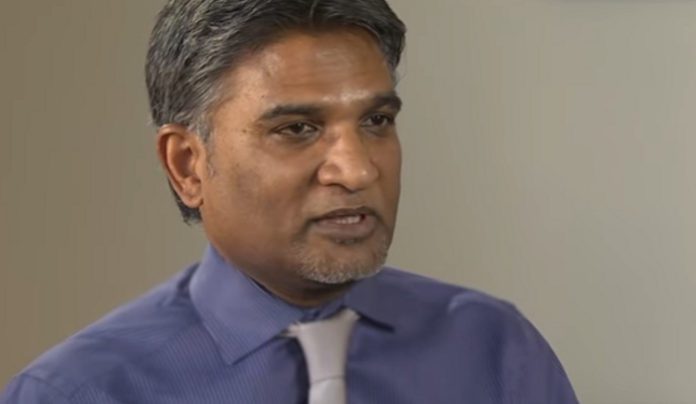Historically Acute Promyelocytic Leukemia [APL] has been considered to be one of the most rapidly lethal forms of leukemia. Today it is considered to be a disease that is highly curable, with a 2-year survival rate of up to 84%. When looking at early mortality in patients diagnosed with this disease, the National Institutes of Health report a rate that is less than 10% for patients being treated in clinical trials.
The survival rate for those who are 3 years past their initial diagnosis is 78%, with the 10-year survival rate being about 77%. Up to 1% of childhood leukemia is diagnosed as APL, with the average age of diagnosis being between the ages of 8-10.
Information from St. Jude states that “at least 85-90% of children who are treated for APL are considered cured.”
This would make the Acute Promyelocytic Leukemia mortality rate to be between 10-23%, depending on the health of the patient from a general outlook. Those who do not receive certain treatments for this disease, however, may face a mortality rate as high as 46%.
What Has Changed APL Mortality Rates?
Early mortality has always been the primary concern physicians have faced when treating Acute Promyelocytic Leukemia. Prior to certain therapies being implemented, such as the ATRA therapy, early mortality rates for APL were reportedly as high as 26%.
ATRA therapy involves treating the disease with tretinoin, which is the acid form of Vitamin A. ATRA treatments have shown through multiple studies to be able to double the chances of survival for an individual diagnosed with APL.
Part of the reason why APL offers such a high mortality rate is the fact that many of its symptoms are similar to common conditions that children face today. A child with a heavy nosebleed, feeling tired easily, and having a poor appetite could be suffering from APL. Paleness, a low red blood cell count, and bleeding that is difficult to stop are also potential symptoms of this disease.
Yet thanks to the ATRA therapy and arsenic trioxide to induce a second remission if necessary, along with stem cell transplantation, the mortality rates of APL are steadily decreasing. Most children diagnosed with APL will be given ATRA and chemotherapy for at least a year to avoid a relapse of their condition.
Crystal Lombardo is a contributing editor for Vision Launch. Crystal is a seasoned writer and researcher with over 10 years of experience. She has been an editor of three popular blogs that each have had over 500,000 monthly readers.


















